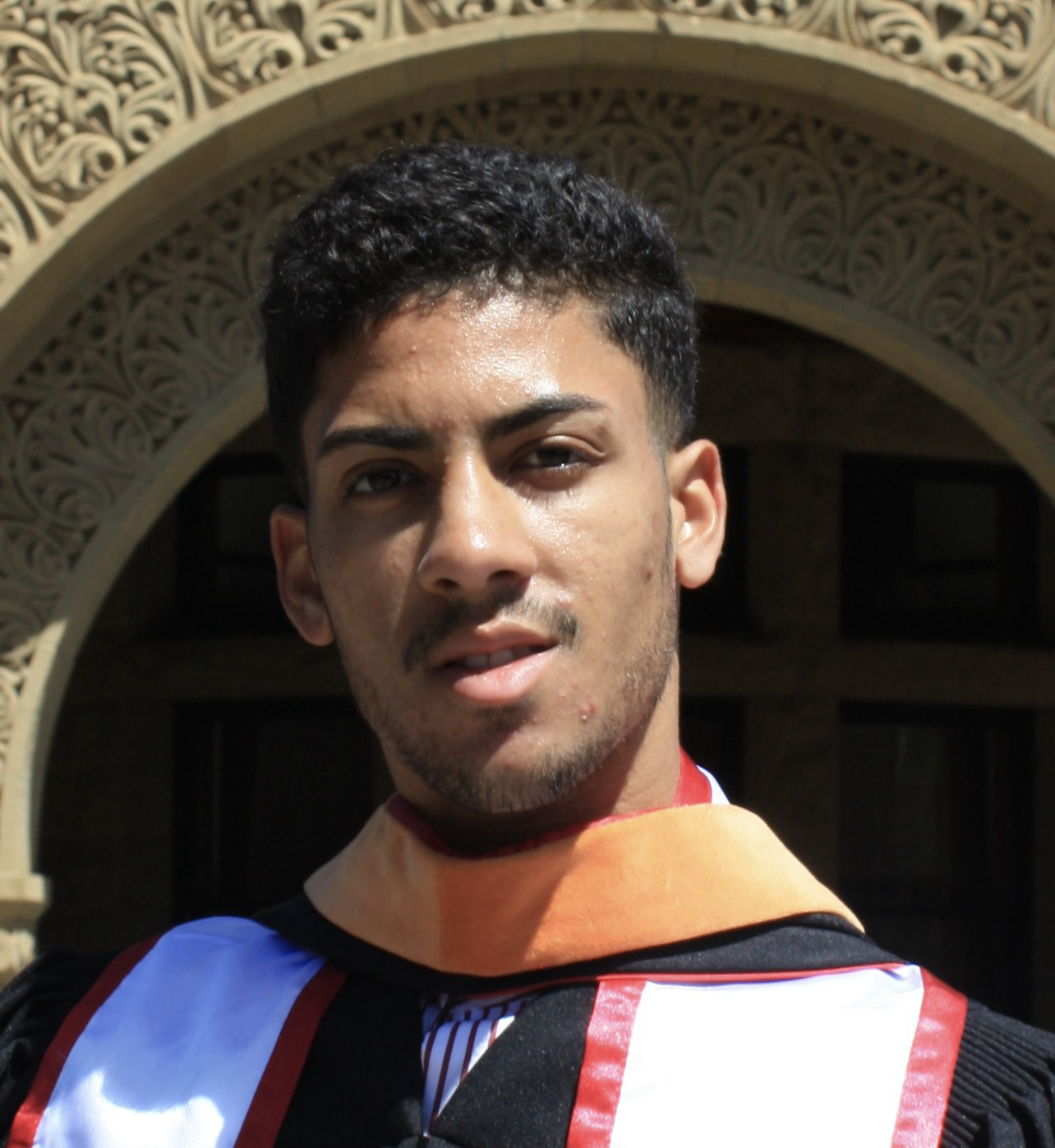- Developed an end-to-end pipeline for training, evaluating, testing, and deploying deep learning models.
- Improved data curation and inference across 165K+ patch embeddings representing immune cell behavior.
- Distributed training across multiple GPUs, managing job scheduling, resource allocation, and data orchestration.
